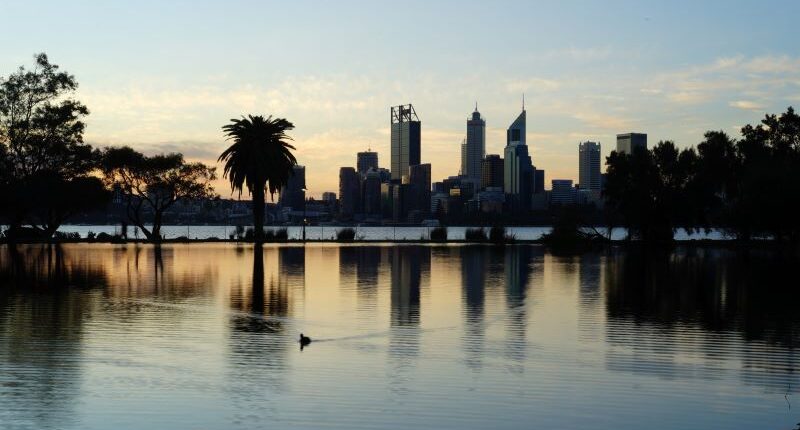- Serious supply constraints putting pressure on the rental market
- Calls made for greater diversity of housing product
- New report found significant constraints on the WA housing supply
Interest rate rises, higher property prices and rent increases have made housing less affordable in Western Australia according to new report Housing Affordability in Western Australia 2023 from the Bankwest Curtin Economics Centre (BCEC).
The report found that increased housing demand, driven by factors such as population growth, has been putting extreme pressure on rental markets. House rents in Perth have risen by 13% over the last year – the largest rise of any capital city – and unit rents have increased by 13.6%, both CoreLogic data as cited in the BCEC report.
While stimulus grants increased building approvals and dwelling commencements sharply in WA, these housing starts have yet to feed through into completions and deliver new stock to market.
At the end of 2022 there were 27,000 dwellings under construction compared to around 12,000 at the end of 2019.
The report revealed that new supply is likely to be well below the long-term average over the next two to three years because high construction costs mean many new developments are not economically viable for the industry, and the time it takes to deliver new supply once development, again, becomes profitable.
Supply constraints hurting WA
Urban Development Institute of Australia (UDIA WA) CEO Tanya Steinbeck said the housing affordability crisis that will further impact WA if the barriers to delivering housing supply are not addressed as a matter of urgency.
“UDIA WA has been sounding the alarm bells for quite some time,” Steinbeck said.
“Current homeowners, renters and potential buyers can all attest to the growing challenges they are facing in Perth and the regions.”
Tanya Steinbeck, UDIA WA, CEO
She said the report highlights serious constraints on WA’s housing supply that are causing rental vacancy rates to remain at record lows combined with the added pressures that interest rate rises and construction delays are having on affordability.
Steinbeck said next week’s State Budget will be a key opportunity to address these critical issues that impact on all West Australians.
“We have already seen positive initiatives announced by the State in the last week that respond to construction workforce challenges, barriers to delivering key infrastructure and further investment in much-needed social housing.”
“We must continue to work together to deliver a steady supply of development ready land to the market so that we can ensure a sustainable housing supply pipeline.
“Particular support is needed for the delivery of multi-unit housing stock in both medium and high-density projects to ensure a greater diversity of housing product to the market to suit different household needs.”
Government intervention needed
The report also found that there needs to be more focus put on schemes to assist people with issues like increased levels of rent assistance as well as more social housing.
UDIA WA has recommended in their State Budget submission that the McGowan Government make the Off-the-Plan Duty Rebate Scheme permanent and extend it to apartment projects under construction.
“We also want to see the Foreign Buyers Surcharge removed,” said Steinbeck.
“For apartment projects in particular, developers rely heavily on presales in order to make a project viable.
“These measures will assist in building much-needed consumer confidence and attracting investors to this sector of the market.”
Steinbeck said UDIA WA has previously highlighted the very real constraints on delivering housing to the market across the Perth and Peel region, an issue raised in the industry body’s Development Ready Pipeline (DRP) project.
“Our project found that around one quarter of undeveloped urban zoned in both infill and greenfield areas is fundamentally constrained due to a range of challenges that essentially sterilise that land from future development.”
She said infrastructure funding and coordination were highlighted as a major constraint on development.
“Importantly, issues such as the length of time to obtain environmental and planning approvals in addition to fragmented land ownership are major impediments to development that will also need to be overcome.”
“We need to ensure that any support to deliver more housing considers supply across the continuum including subsidised private rentals, affordable and key worker accommodation options.”





